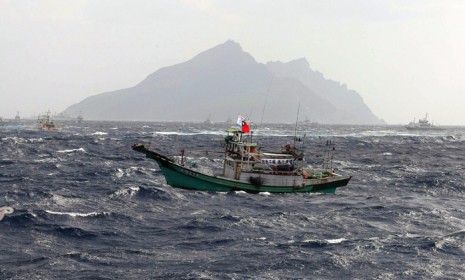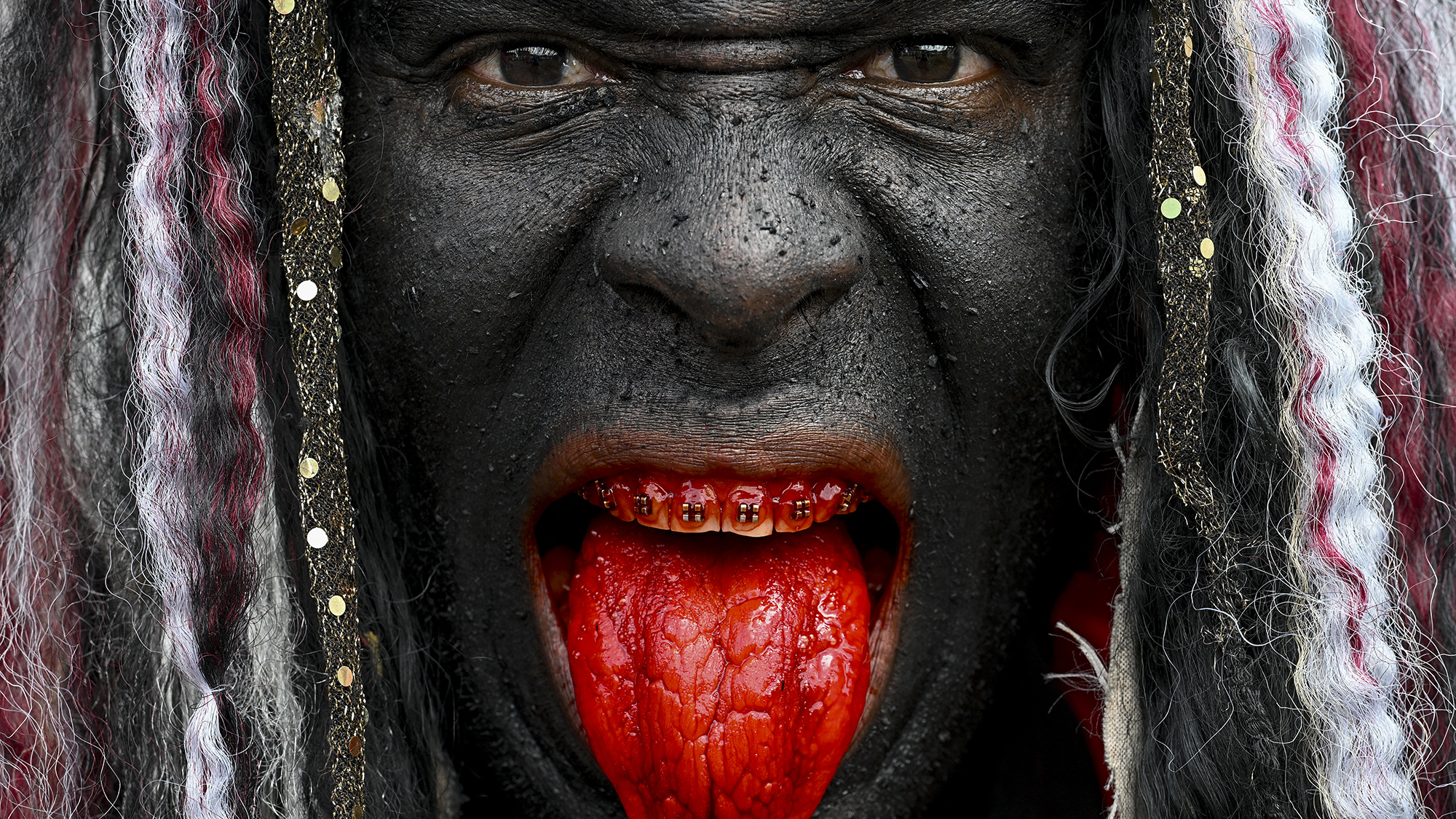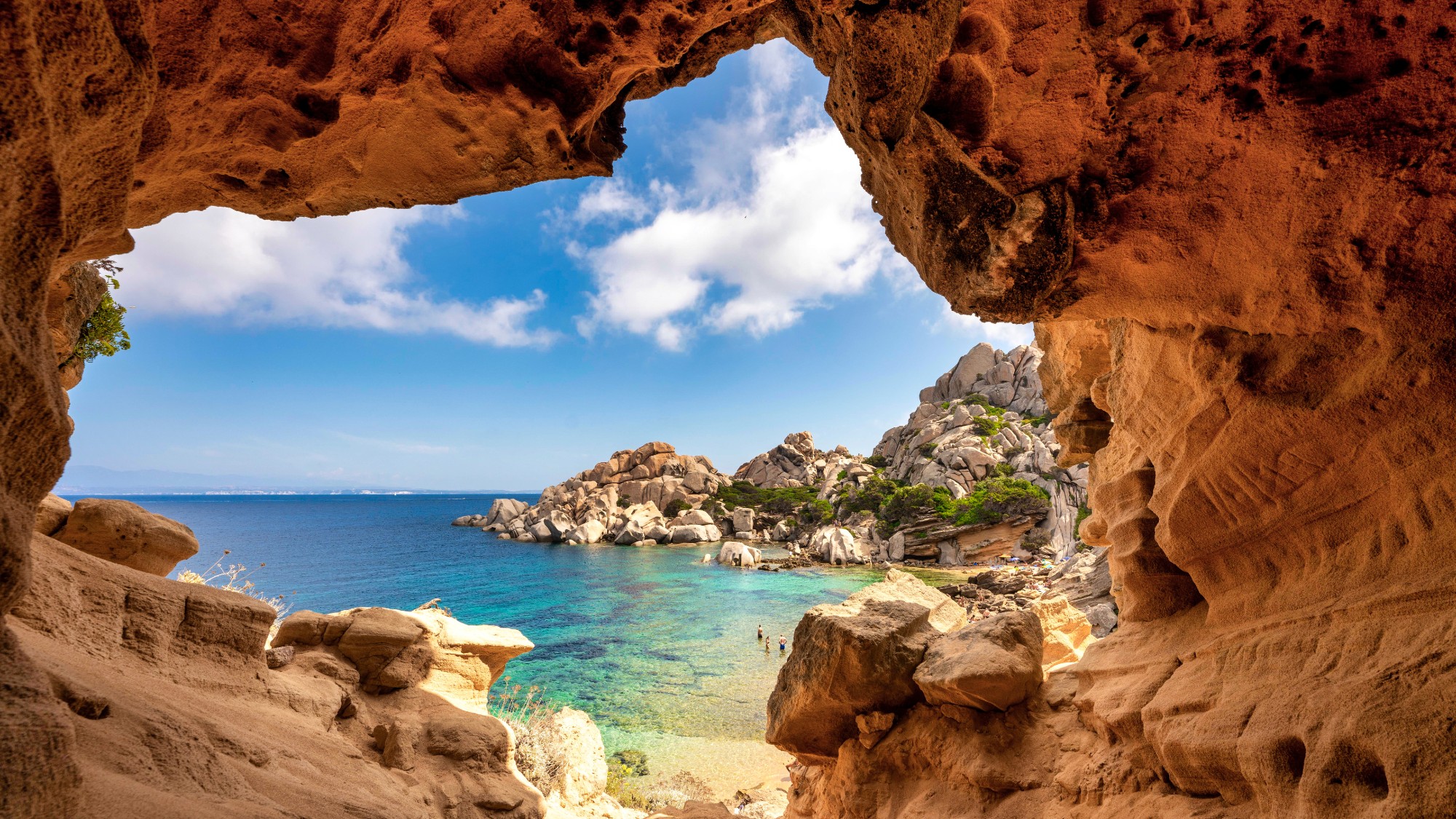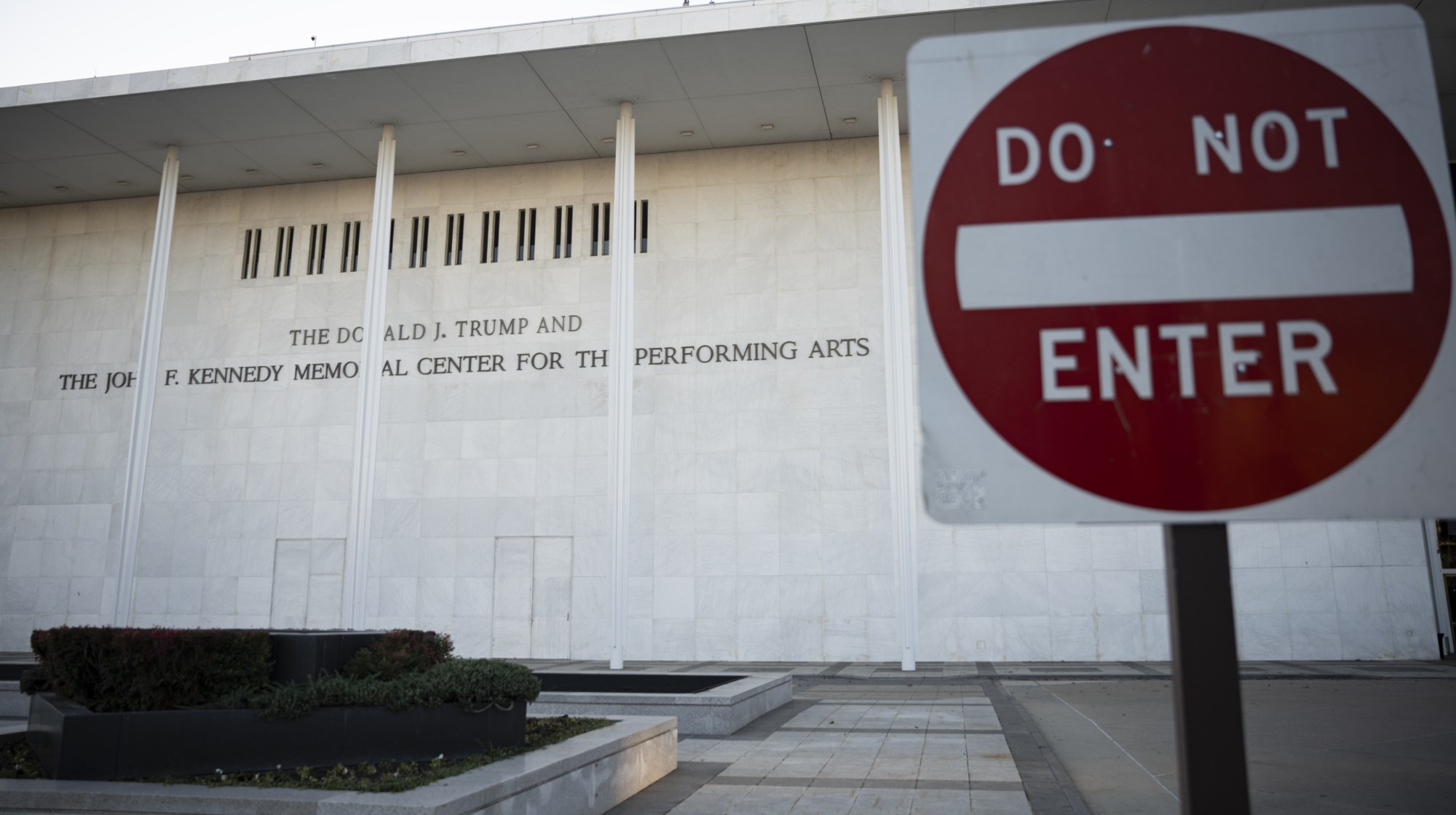The world's silliest territorial dispute
Why are China and Japan threatening to go to war over a few uninhabited islands in the East China Sea?

Are the islands important?
Only in a symbolic way. The eight tiny islands and outcroppings — known as the Senkaku islands in Japan, which administers them, as the Diaoyu in China, and as the Tiaoyutai in Taiwan — have a total area of less than three square miles, and are home only to a band of feral goats. Located about 100 miles northeast of Taiwan and 265 miles west of the Japanese island of Okinawa, they do sit in prime fishing territory, and there are natural gas deposits and possibly large oil reserves nearby. But it is national pride, honed by centuries of bitter rivalry and war between Japan and China, that provides the prime motivation for the contesting ownership claims. As a growing world power, China is eager to assert its authority over Asian waters, while Japan doesn't want to be seen as yielding an inch. "We must draw the line with the Chinese here," said Hissho Yanai, head of a Japanese nationalist group. "If we let them have the Senkaku islands, they'll come after all of Okinawa next."
To whom did they first belong?
The Week
Escape your echo chamber. Get the facts behind the news, plus analysis from multiple perspectives.

Sign up for The Week's Free Newsletters
From our morning news briefing to a weekly Good News Newsletter, get the best of The Week delivered directly to your inbox.
From our morning news briefing to a weekly Good News Newsletter, get the best of The Week delivered directly to your inbox.
China says it has records from the Ming Dynasty in the 1300s that refer to the islands as part of its maritime territory. Chinese fishermen used the islands as a fishing platform for centuries, the government claims, before they were ceded to Japan along with Taiwan in 1895 in the wake of the Sino-Japanese War. After World War II, a defeated Japan renounced its claim to Taiwan under the terms of the 1951 Treaty of San Francisco; China, which was not represented in those negotiations, says the disputed islands should have been included in that renunciation. For its part, Japan says that after surveying the islands in 1895, it incorporated them into Okinawa Prefecture and put down a marker to make it official. For several decades the Japanese operated a small factory on one of the islands, making dried fish flakes, and up to 200 people lived there. The U.S. held the islands under a trusteeship after World War II, but in 1972 they were returned to Japan.
Why has this flared up now?
Largely because of Shintaro Ishihara, the nationalist governor of Tokyo. Early this year, he announced that he would buy three of the islands from their private Japanese owner because he felt their sovereignty wasn't being adequately defended. That compelled first Chinese nationalists, and then Japanese nationalists, to make pilgrimages to the rocks to film themselves waving their respective flags, stirring up patriotic sentiment back home. Last month, the Japanese government bought the three islands and nationalized them — ostensibly to prevent them from falling into the hands of radicals. But even assuming that rationale was sincere, the timing was especially poor, coming just a week before the anniversary of one of the darkest episodes in the two countries' history — Japan's 1931 invasion of Manchuria.
How did China react?
A free daily email with the biggest news stories of the day – and the best features from TheWeek.com
Chinese nationalists viewed the purchase as an outrageous land grab and a deliberate provocation. They turned the events marking the anniversary of the invasion into a week of anti-Japanese rioting across China. Japanese-owned shops were smashed up, Japanese factories were burned, and Japanese citizens in China were harassed. More than 40 Japanese cars were destroyed, and a mob in Xian beat up a Chinese man for driving a Toyota. Damage from the riots is likely to cost hundreds of millions of dollars, and trade between the two countries has suffered. To make its continued claim clear, the Chinese military sent naval ships to the islands for training exercises three weeks after Japan nationalized them.
Could war break out?
Chinese media have warned that it might. Politics is fanning the flames: With the once-a-decade leadership transition coming up, China's Communist Party wants to project strength and national pride, while the Japanese opposition is exploiting the crisis to paint Japan's unpopular government as weak on national sovereignty. Still, it's unlikely that China would actually invade the Senkaku — not least because the U.S. could get dragged in under the terms of its defense treaty with Japan. It's probably no coincidence that the U.S. recently deployed some of its most advanced aircraft to Okinawa, not far from the islands.
So will it all blow over?
Maybe for now, but the issue won't go away permanently. The dispute is just one element in a Japanese-Chinese power struggle over a string of archipelagos from the Kuril Islands near Russia down to Indonesia. Nearly all of Japanese and Chinese oil and gas is shipped through those waters. June Teufel Dreyer, a China and Japan specialist at the University of Miami, says the Chinese military considers the Senkaku islands to be part of a chain fencing China in. "They say, 'If we get these islands, we can break out into the open Pacific.'" China won't give up that dream.
A long history of conflict and war
As East Asia's two major powers, Japan and China have been at each other's throats for centuries. The Beijing-based Mongol emperor, Kublai Khan, tried and failed to invade Japan in the 13th century. For centuries thereafter, marauding Japanese pirates harassed the Chinese coast, and the two countries fought a bloody and extended war over control of the Korean peninsula in the late 16th century — and another in 1895, which Japan won. In the 1930s, the rise of imperial Japan brought the two nations into direct conflict again — this time, with unprecedented brutality. Japanese troops marched into Manchuria in 1931, and then into Beijing, Shanghai, and Nanking in 1937, raping and slaughtering civilians. China claims that 35 million people died during the Japanese occupation, and that at least 300,000 civilians lost their lives to atrocities committed in Nanking alone. Those horrific events, which some Japanese politicians and school textbooks have periodically downplayed, have haunted Sino-Japanese relations ever since.
-
 The week’s best photos
The week’s best photosIn Pictures A new year dawns, a volcano yawns, and more
-
 8 incredible destinations to visit in 2026
8 incredible destinations to visit in 2026The Week Recommends Now is the time to explore Botswana, Mongolia and Sardinia
-
 Wave of cancellations prompt Kennedy Center turmoil
Wave of cancellations prompt Kennedy Center turmoilIN THE SPOTLIGHT Accusations and allegations fly as artists begin backing off their regularly scheduled appearances